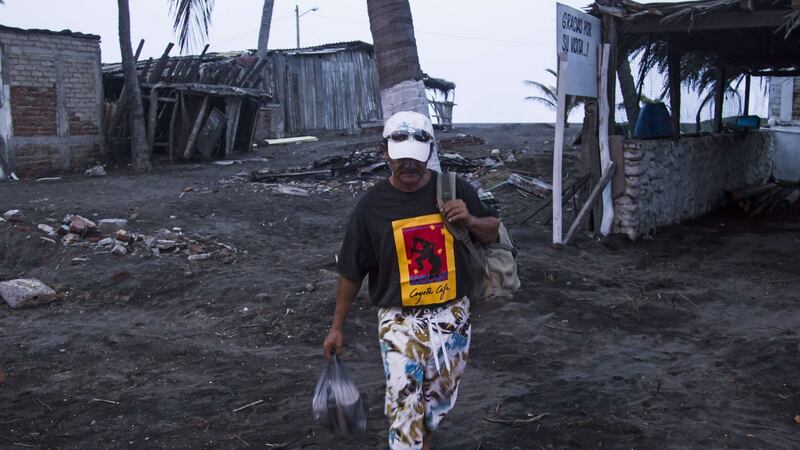Category five Hurricane Patricia, the strongest on record, has made landfall in Mexico, where a state of emergency has been declared in three states. It is seen as "potentially catastrophic" in its impact.
The storm, the strongest ever in the western hemisphere, made landfall in the Jalisco state in western Mexico, some 30km from the port city of Manzanillo, meteorologists said.
The US National Hurricane Centre in Miami said it hit the coast with winds of 265km/hr.


Mexican officials already declared a state of emergency in dozens of municipalities in Jalisco, Colima and Nayarit states, and schools are closed.
About 400,000 people live in vulnerable areas, according to Mexico's National Disaster Fund.
Hurricane Patricia's power is comparable to that of Typhoon Haiyan, which left more than 7,300 dead or missing in the Philippines two years ago, according to the UN's World Meteorological Organisation.
The Pacific coastline is dotted with sleepy fishing villages and gleaming resorts, including the popular beach city of Puerto Vallarta and the port of Manzanillo. Residents and tourists are hunkering down or trying to make last-minute escapes.
Hurricane Patricia’s projected path is set to take it over mountainous terrain that is prone to dangerous flash floods and landslides. It is predicted to weaken over highland areas.
In Puerto Vallarta, residents have reinforced homes with sandbags and shop windows with boards and tape, and hotels rolled up beach-front restaurants.
The airport is closed to all flights and all but deserted, but queues formed at a bus station with people anxious to buy tickets to Guadalajara and other inland destinations.
Fire service vehicles and ambulances rolled through the streets, sirens blaring, as emergency workers warned people in both Spanish and English to evacuate.
Jose Manuel Gonzalez Ochoa, whose family lives in their ground-floor restaurant, said neighbours told them water was 5ft deep in the street the last time a hurricane hit.
He said his family is heading to a town 30 minutes from the coast. “We’re better off heading up there already,” he said. “The whole government is telling us to leave. You have to obey.”
Asked what preparations he had made for his business, he said he would just close it up and see what is left after the storm passes.
Patricia formed suddenly on Tuesday evening as a tropical storm, turned into a hurricane just over a day later and kept building in strength, catching many off guard with its rapid growth.
The government suspended tolls on the Guadalajara-Tepic highway to facilitate the flow of vehicles from the coast.
According to the 2010 census, there were more than 7.3 million inhabitants in Jalisco state and more than 255,000 in Puerto Vallarta municipality. There were more than 650,000 in Colima state, and more than 161,000 in Manzanillo.
Roberto Ramirez, director of Mexico’s National Water Commission, which includes the nation’s meteorological service, said Patricia’s winds will be powerful enough to lift cars, destroy homes that are not well-built and drag anyone caught outside away.
Reuters










